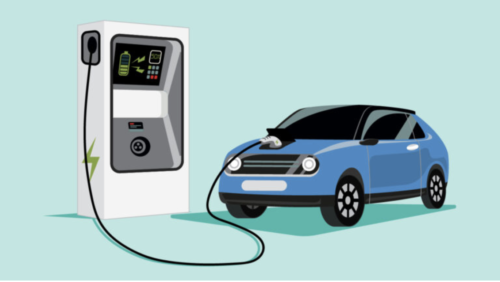Image Courtesy of AAA Living.
Electric vehicle companies like Tesla and Rivian are making waves in the automotive industry, with Tesla expected to surpass General Motors’ vehicle sales by 2023. However, as the electric vehicle (EV) industry has erupted into the spotlight, concerns regarding the indirect emissions from the EV life cycle emerged. While it is clear that tailpipe emissions from combustion engines are significantly reduced with EV adoption, the effects of indirect emissions from the full life cycle of an EV can be difficult to capture.
However, researchers at the Yale School of Environment led by postdoctoral researcher Paul Wolfram have applied an integrative approach, combining supply-demand concepts of economics with ecology to accurately capture the effects of indirect emissions. Wolfram says, “Combining engineering and economics methods allows us to capture more of the dynamics that life-cycle cost models themselves can’t, such as market cycle and supply-demand mechanisms.”
The group found evidence contradicting concerns around the “dirtiness” of battery life cycles stemming from raw materials mining and a material-intensive manufacturing process. The effects of the latter can be mitigated by recycling. The electricity emissions of BEVs overall are still far lesser than the reduction of fossil fuel emissions. Furthermore, once the external effects of carbon on the public are priced into both fossil fuel and electric vehicles, EVs become the more cost-efficient option.
Ultimately, Wolfram’s work serves as a reminder that curbing climate change requires multiple moving parts. “It’s a ripple effect – carbon emission reduction in every sector from manufacturing to car transport will lead to a much faster transition to electric vehicles,” he said.

